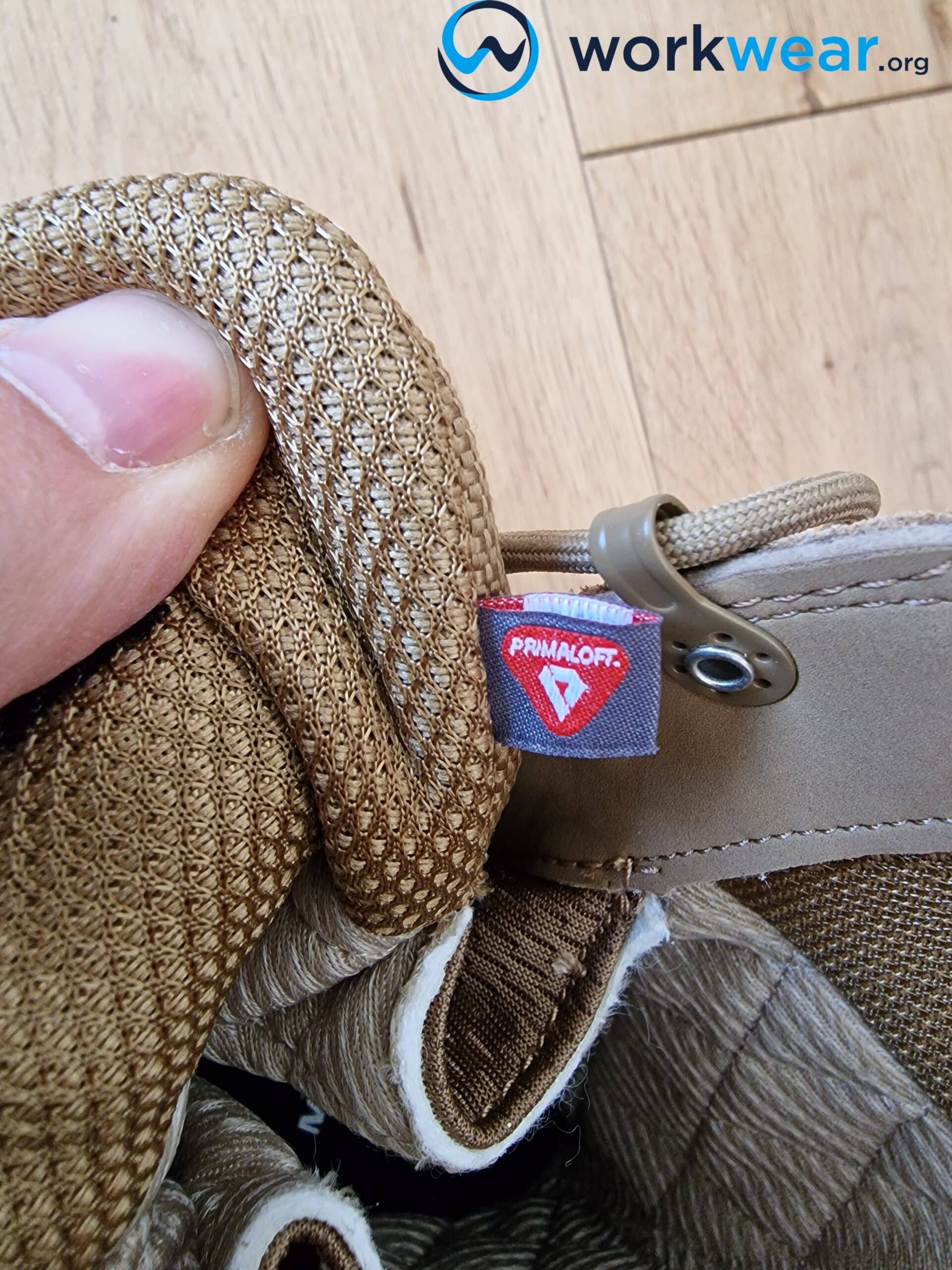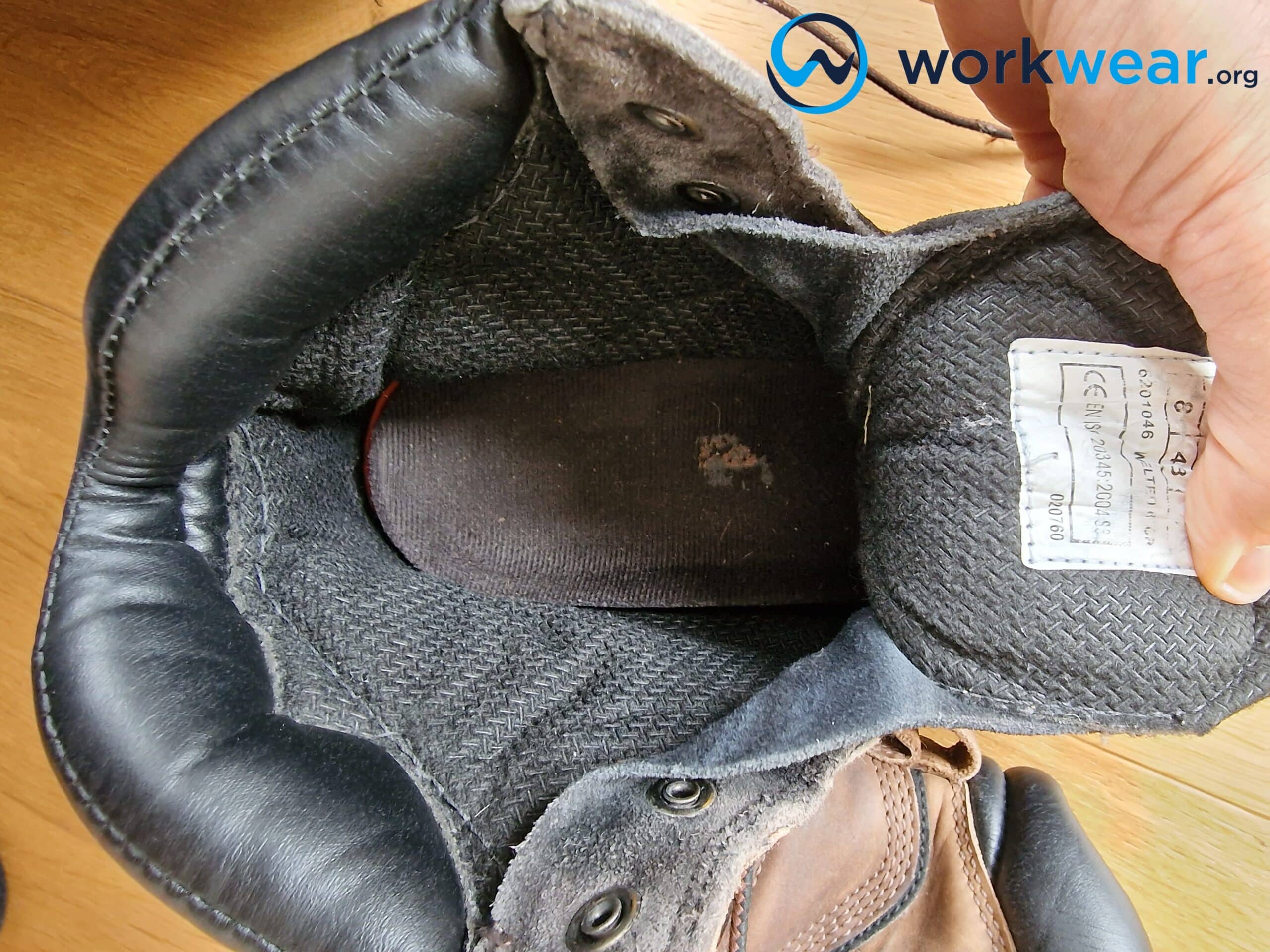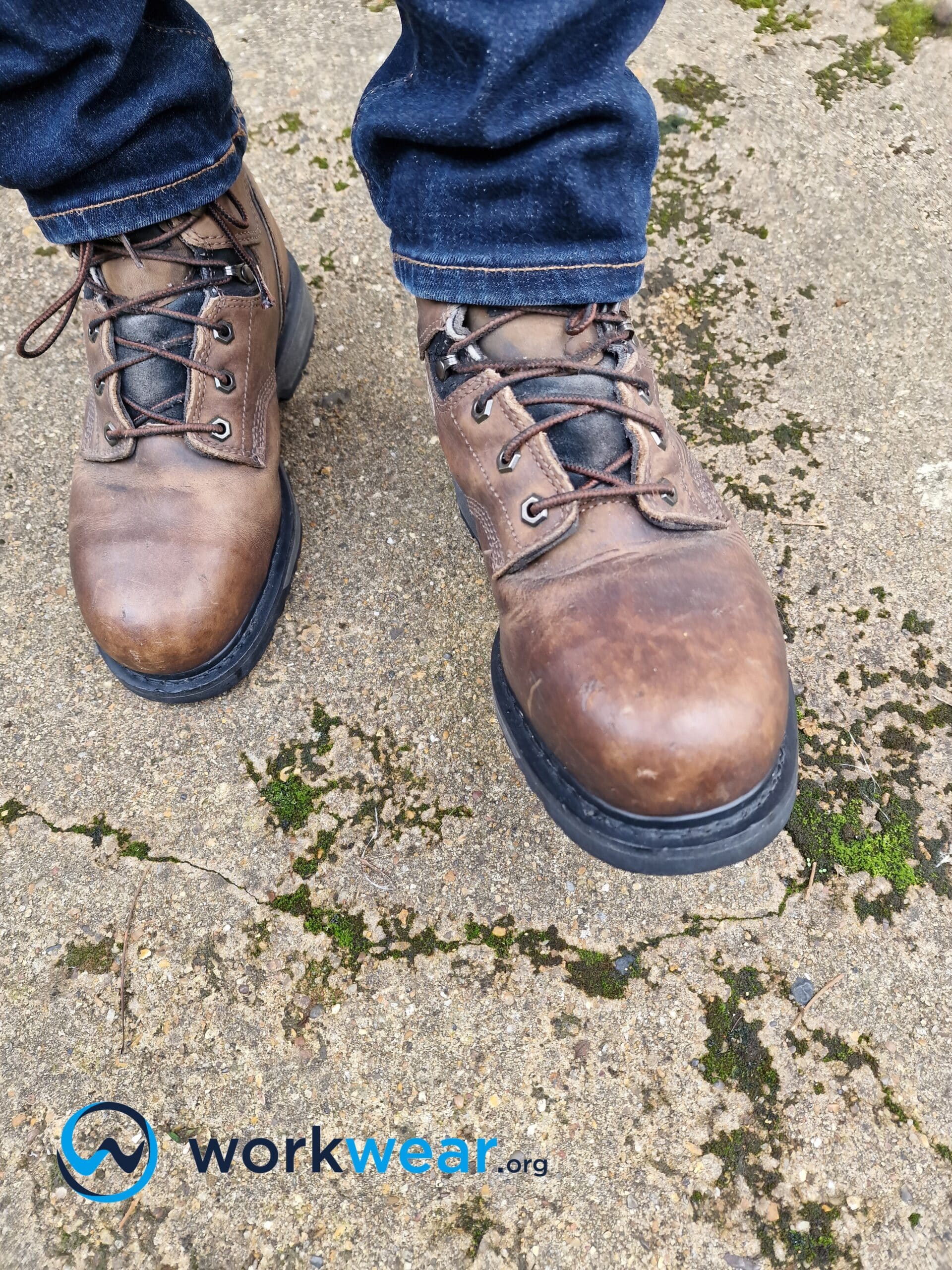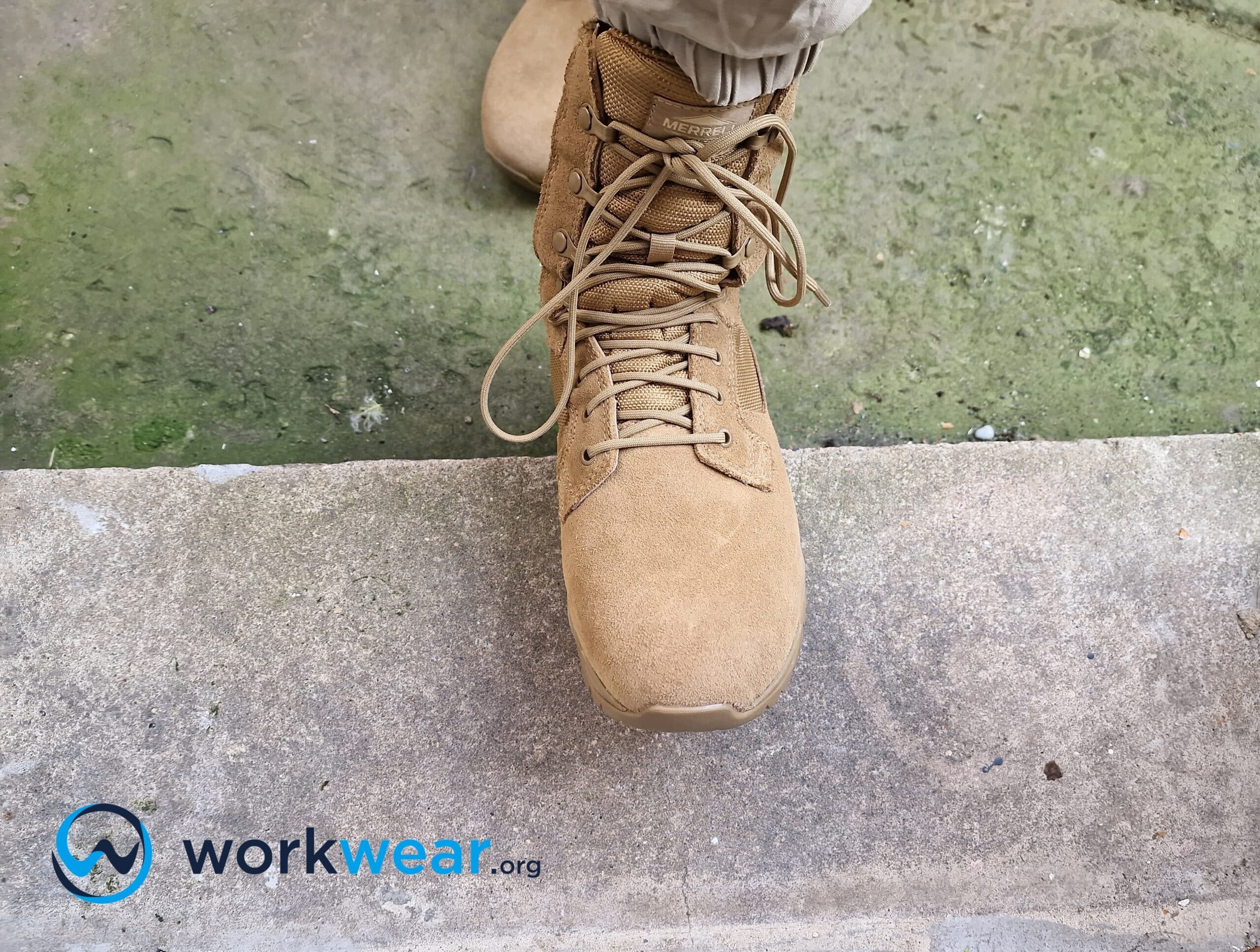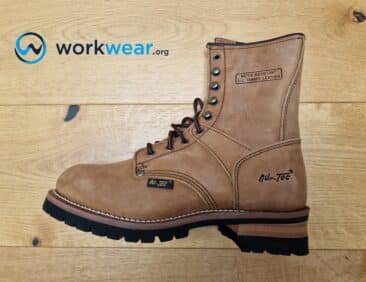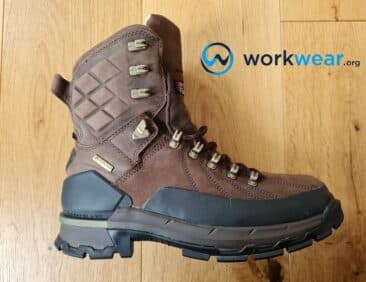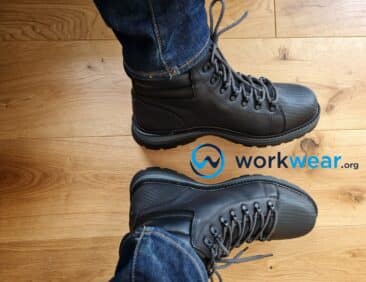How Long do Work Boots Last
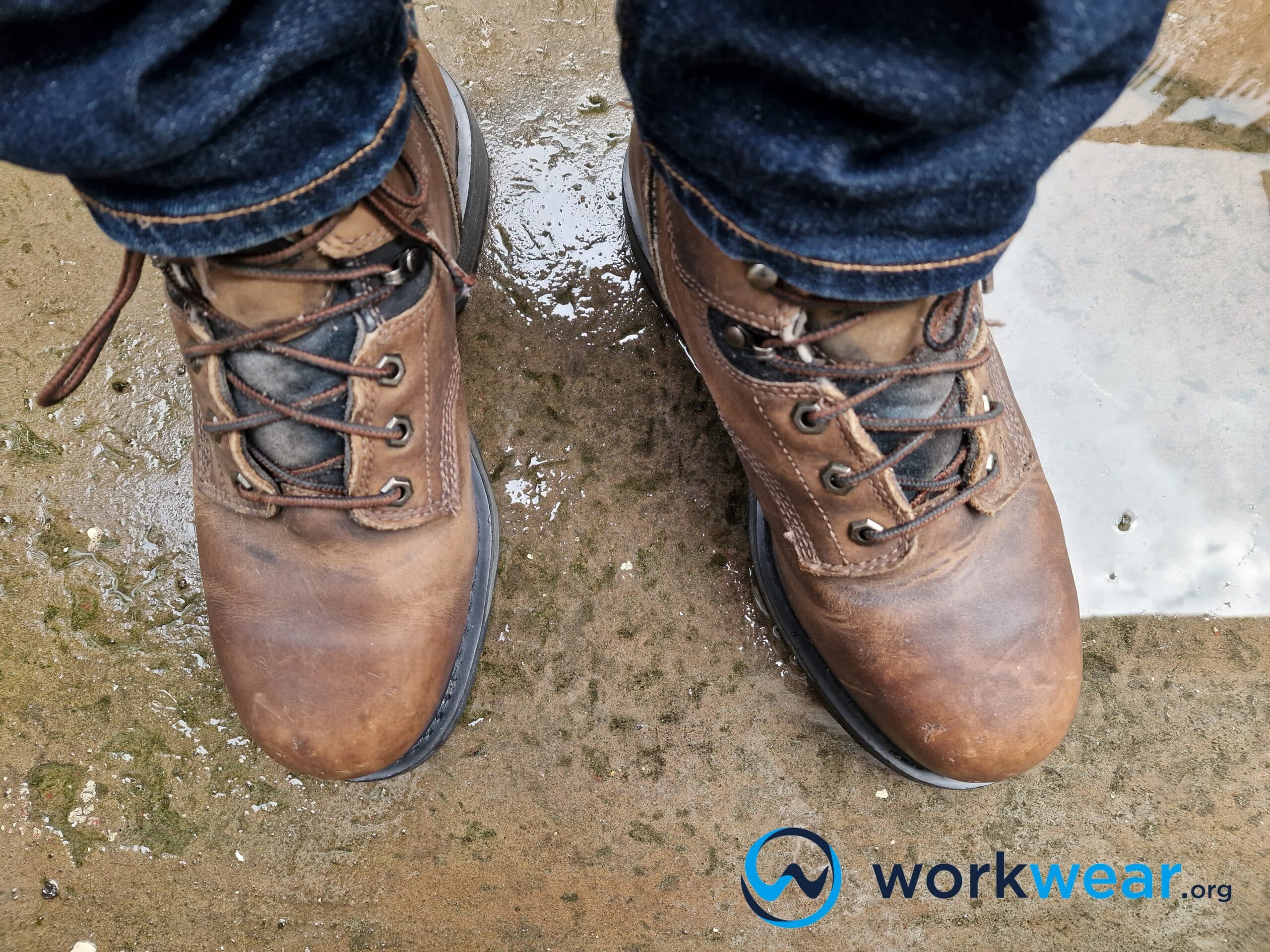
Work boots are built to protect the feet in unfavorable conditions that can be encountered while on the job. They also give the feet comfortable support, so the work can be done without experiencing much pain. It’s important to get the most out of your investment, but it’s equally important to know how long work boots last.
Aside from knowing the signs that it’s time to update the work boots, it would also be beneficial for you to be familiar with how often you should replace the boots. Arming yourself with the knowledge will help you maximize the function of the work boots. This ensures that the boots can still provide the optimum comfort and support you need without compromising their protective qualities – which will eventually deteriorate over time.
Key Takeaways
- The lifespan of work boots varies from 6 months to 3 years, depending on use and profession.
- The nature of the job and the environment where the boots are used impact work boots’ longevity.
- Work boot materials and frequency of footwear use affect how long the boots will last.
- Work boots must be used in settings where they’re suitable to achieve maximum benefits
Factors that Affect How Long Work Boots Last
These are the factors that significantly affect the lifespan of work boots.
Type of Job/Activities
The lifespan of work boots will be affected by the type of job for which it is used. This is because different jobs expose the work boots to varying stress levels resulting from the job’s activities.
Work boots that construction workers use almost all day of walking on rough surfaces or harsh settings usually last only a few months before the uppers and soles start to show signs of damage. On the other hand, work boots used for jobs requiring minimal walking – such as those worn by administrative personnel or sales staff – can be expected to last for much longer (roughly 2 years or even longer) compared to the ones used on construction sites.
Work Boot Materials
Work boots come in different materials that suit various professions or activities. These materials also have varying strengths that affect the work boots’ resistance to damage and aesthetic longevity. For example, work boots with thick leather uppers deliver stronger resistance to damage from heavy use or exposure to harsh conditions. In addition, adding abrasion-resistant materials, such as Cordura or tough nylon, on high-stress areas, such as the toe box and heels, can further extend the life of work boots.
Meanwhile, softer or thinner materials used in the uppers – such as suede – have shorter lifespans as they can get scratched or torn easily in adverse conditions. The same can be said for the soles, with the thicker ones lasting much longer than those with thin structures.
Work Environment
The settings where the work boots are used have a significant impact on the footwear’s lifespan.
Work boots used for indoor settings, such as in offices or manufacturing plants, tend to last longer compared to those used outdoors. This is especially true for jobs that are done indoors and don’t involve a lot of walking, which can considerably weaken the uppers and soles over time.
The work boots can also perform and look good for far longer when used in non-hazardous job sites with minimal or no exposure to falling objects or abrasive substances that can cause considerable damage to the footwear’s materials.
Frequency/Length of Use
How often the work boots are used significantly affects how long they last. When the boots are used daily, they’re expected to deteriorate more quickly than those used infrequently, say, only on the weekends. Work boots that are used for almost nonstop walking in the work area during 12-hour shifts will also wear out faster compared to the shoes or boots that are used for shorter shifts by those who mostly stay off their feet while on the job. In addition, work boots usually last longer when the wearer alternates them with another pair, giving them a chance to have a rest period from being worn all day and reducing the risk of premature damage.
Suitability to the Activities/Environment
No matter how strong or expensive work boots are, they won’t provide maximum benefits and likely will only last for a while if their type is suitable for the work environment.
For example – non-leather work boots may be comfortable and lightweight, but they’re more prone to damage when used on job sites with abrasive walls or heavy falling objects. Meanwhile, thick leather work boots protect the feet against abrasion, but if the material isn’t waterproof, it won’t hold up well with frequent use outdoors in the rain or other similarly wet conditions.
Average Lifespan of Work Boots
| Professions |
Average Lifespan of Work Boots |
|---|---|
| Construction workers |
|
| Car mechanics |
|
| Servers/restaurant staff |
|
| Electricians |
|
| Truck drivers |
|
| Linemen |
|
| Yard operators |
|
| Firefighters |
|
| Mail carriers |
|
| Kitchen staff/cooks |
|
How Often Should You Replace Work Boots?
The information on work boots’ average lifespan is meant to be used as guides, but they’re not set in stone. It’s more important to check the work boots for excessive wear and tear to know if it’s time to let them go and buy a new pair. The way the boots feel will also indicate their current quality; if you notice that the boots don’t feel as comfortable or supportive as they originally were, they may need to be replaced soon. Work boots can last anywhere from 3 or 4months to several years, depending on their use and the other factors discussed above.
Conclusion
Work boots last long when properly taken care of, but even the best care will only partially prevent the inevitable structural deterioration. The lifespan of work boots varies greatly from one type or design to another. It is affected by several factors, including the work boot materials, the jobs or activities used for, the work environment, length or frequency of use, and their suitability to the specific activities/conditions they’re used for. Different work boot types have average lifespans that can be used as guides, but it’s still best to check the boots for obvious signs of damage to know when it’s time to look for a replacement pair. It’s also good to trust your instincts as the boots’ wearer – when you notice that they don’t feel as comfortable or perform as well as they used to, the work boots may need to retire soon and be replaced with a brand-new pair that can give you maximum benefits.
FAQs
- Is it good to wear work boots only while on the job?
- Yes, because doing so can help prolong the life of the work boots. Instead of being used for longer periods when worn outside the work area, the work boots can have rest periods between job-related activities. Hence, their materials are more protected against extensive wear and tear.
- What’s the best way to preserve work boots’ good looks even if they’re not brand-new anymore?
- Taking good care of the work boots can preserve their good appearance and performance. This includes regular cleaning and polishing if required and using them only for suitable settings and activities.
- Do the ground conditions also affect the lifespan of work boots?
- Yes. Work boots used on rocky or extremely rough terrain will have soles that can wear out faster than the ones fitted into boots used on smooth surfaces. Walking on uneven ground can also increase the risk of something sharp piercing the outsole, compromising the component’s function and appearance.
- Can damaged boots still be repaired?
- It depends on the damage. For example, some boot types (such as those with Goodyear Welt construction) can be re-soled if the outsoles are significantly worn or cracked – but there are also some boot designs (such as those with the soles glued onto the upper) that may not don’t allow this kind of repair. Also, significant damage to the leather uppers – including large holes – can’t be patched up without compromising the boot’s performance and aesthetics.
